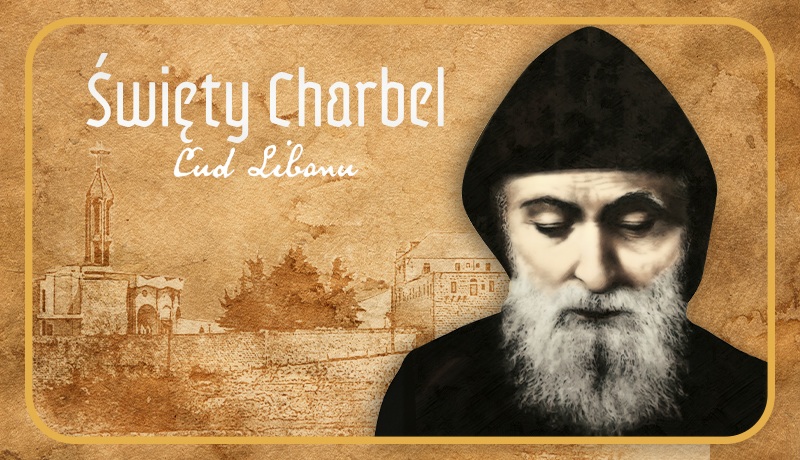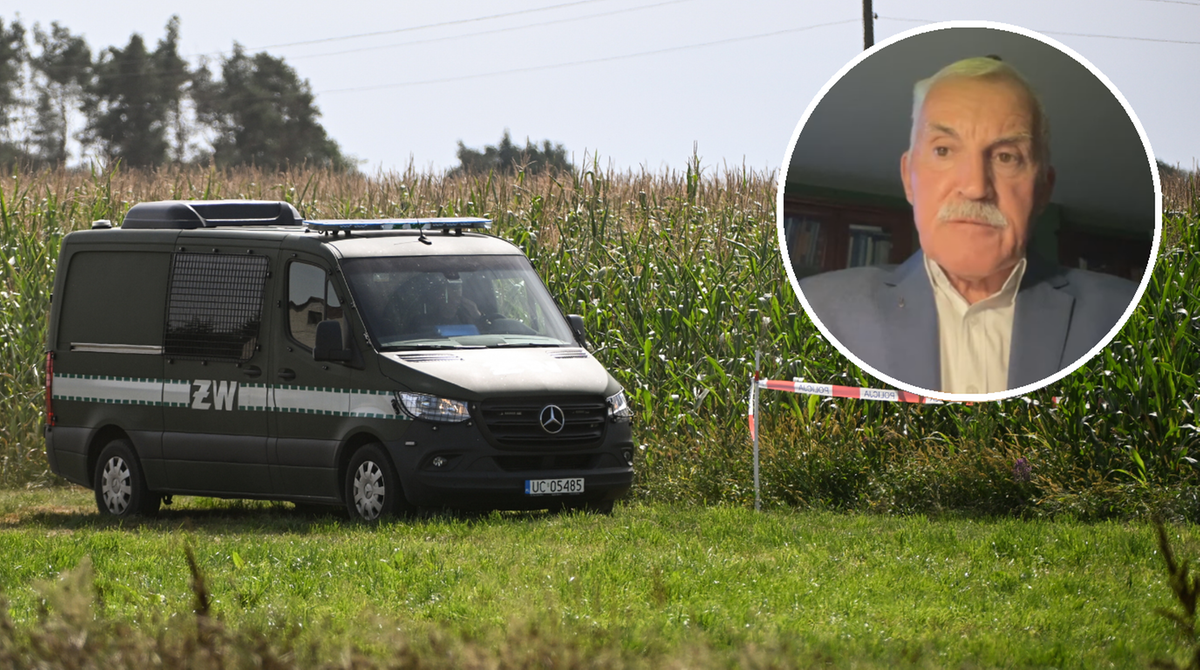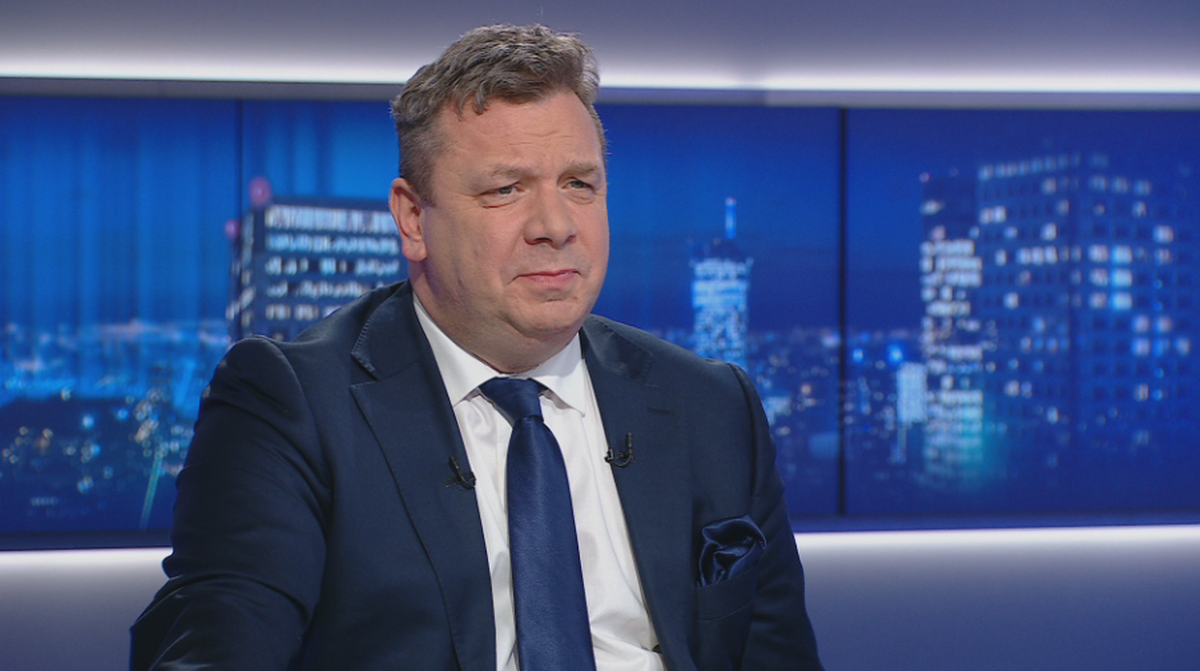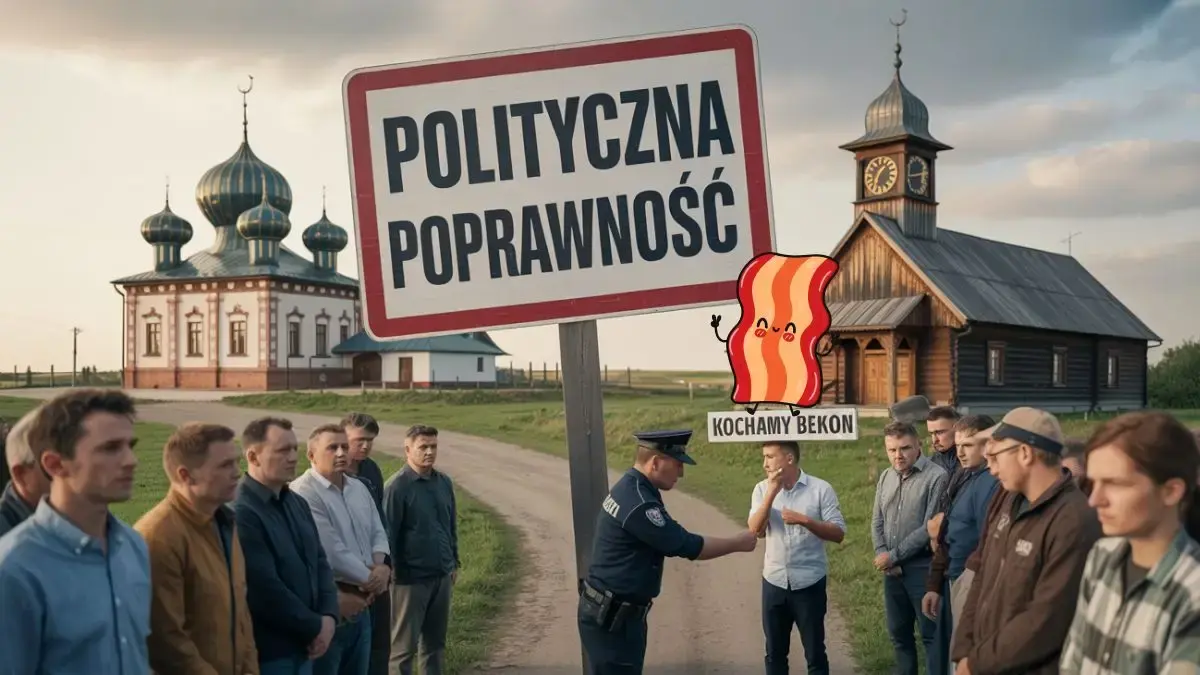The subject substance of the prisoner of war illustrates well how people behave in utmost conditions, that even behind the wire of POW camps, rather successful attempts have been made to make a substitute for average life, shows how creative a man can be," says Dr. Piotr Stanek, historian, in an interview for the latest issue of the quarterly “Army Poland. History’.
Sports festival in Stalag XI B Fallingbostel. Public domain
How many German and russian prisoner of war camps existed during planet War II within the borders of Poland present and beyond? How many Polish prisoners did they pass through?
About 420,000 soldiers of the Polish Army were sent to German POW camps, including about 18,000 officers and 3-4 1000 subjects. In addition, about 2 1000 officers from internment in Hungary and Romania and 17.5 1000 Warsaw insurgents. At the end of the war, this number was graduated to about 75,000 people. In russian captivity there were 240–250 1000 Polish soldiers, of whom about 125 thousand, including almost 10 1000 officers, were captured by the NKVD.
Polish soldiers were the first prisoner of war group in Wehrmacht camps. The first one, to which Wehrmacht deliberately violated the provisions of global war law. Military prisoners from the battlefield first went to dozens of makeshift congregation points located in front areas – barracks, schools, sports fields, land estates, and sometimes in an honest field in the open sky. There, transports were formed to transition camps (Durchgangslager – dulag) which were outside the front line. The dulagi were a short-lived phase of long captivity. They served for the first registration and segregation of soldiers, who after a fewer days or weeks were transferred to permanent camps, which were usually located in the depths of Germany, in the alleged Old Reich: to oflags (Offizierslager) – camps for officers, and to stalags (Mann schaftsstammlager) – for privates and under officers. Polish Army soldiers from 1939 went through a full of 66 stalags and 37 oflags, and insurgents – through almost 40 camps.
Where were they located?
Part of the German permanent camps were located in the present borders of Poland, among others: II B Arnswalde (Choszczno), II C Woldenberg (Dobierzniew), II D Gross Born (Borne Sulinowo), VIII B Silberberg (Silberberg) (Srebrna Góra), as well as steels: II B Hammerstein (Black), VIII A Görlitz (Zgorzelec), VIII B/344 Lamsdorf (Łambinowice), VIII C Sagan (Zagań). Many Polish prisoners of war were held in the areas of the present Germany and Austria, among others, in oflags: VII A Murnau, VI B Dössel, or in steels: IV B Mühlberg, XI A Altengrabow, XI B Fallingbostel and X B Sandbostel.
After the russian Union's aggression on September 17, 1939, 240–250 1000 Polish soldiers entered Poland into russian captivity, as I mentioned. From the aggregate points: Orzechowo, Radoszkowice, Stołpka, Tymkowicze, Żytkowicze, Olewski, Szpietówka, Wołoczyska, Jarmolince, Kamieniec Podolski – they were transferred to NKVD and went to another POW camps: Kozielsk and Putivl. A full of 125,000 soldiers. Eventually, the NKVD was subject to 8 POW camps – in Ostashkov, Juchnów, Kozielsk, Putivlu, Kozielszczyn, Starobielsk, Nowy and Oransk. 2 more distribution camps were created in Zaonikiev and Griazovt. In total, there were over 77,000 people in these 10 camps. From the captivity, officers and privates were released from east Poland (42,000) and 25 1000 soldiers were sent to the construction of roads and placed in 4 forced labour camps. There were besides exchanges of Polish prisoners with the 3rd Reich – about 42 1000 people went to Germany, and about 14 1000 to the ZSRS.
Some 17 1000 representatives of Polish intelligence were taken into russian captivity – teachers and lecturers, doctors, engineers, lawyers or journalists. Officers were placed in 2 peculiar NKVD camps: Kozielsk and Starobielsk, and police officers, Prison Service officers, MPs and intelligence officers – in the NKVD peculiar camp in Ostashkov. In December 1939, 4594 prisoners were held in Kozielsk, in Starobielsk – 3894 and in Ostashkov – 6364.
What was everyday life like in the Wehrmacht and NKVD POW camps: how was it different? How were they treated in German camps, and how were they treated in russian camps?
German camps were not full prepared to accept specified a large mass of people, for their accommodation and food. Hence, the first captives stayed in overflowing tents or stables, even in winter. It was only after any time that wooden or brick barracks were built, usually with the hands of the inmates themselves. Camp infrastructure was mostly insufficient. The most common were mediocre hygiene and sanitary conditions: primitive latrines, besides uncommon visits to baths, water shortages and means of washing or washing clothes, deficiency of individual underwear on a shift, plague spreading insect diseases. any better surviving conditions were created for officers in olags, mostly smaller and much little many than stalags. In the first, respective 100 to respective 1000 prisoners were held, in the second – respective or even respective tens of thousands.
Scene from an unidentified theatre performance in the Hofffnungsthal working division. Public domain
The camp life organization was determined by the regulations imposed by the German authorities. The rhythm of the day defined meals and appeals in olags, in stalags – besides work. As the stalags, unlike the olags, were subject to the work to work for the enemy, there was a constant POW movement. The camp conditions were expected to be primitive, a strict government was introduced.
Both the stalags and the olags were hungry, there were harassments, harsh treatment by German personnel, including beatings, fatal shootings or executions, although in the erstwhile they were mostly exterminated by work beyond force, in the second – forced inaction, even leading to madness. Camp meals did not decently satisfy the hunger experienced by Poles, due to the fact that in quantitative and qualitative terms they were insufficient, below the applicable standards. Food packages sent to the prisoners by charities or private individuals, especially families, were so quite a few aid. Additional food could be counted on by prisoners employed in working units, especially in agriculture, and officers in the olags, in which canteens mostly function or there was the anticipation of increasing vegetables and herbs on microscopic plots.
As for russian captivity, peculiar camps were located in ruined erstwhile Orthodox monasteries. Everyday life was like in German camps. The prisoners were given inexpensive but adequate food to survive. The worst conditions prevailed in the Ostaszkowski camp. The inmates slept on bare boards, only a fewer of them had hayseeds. In the crowded blocks, it was dirty and moist, highly annoying bugs and lice.
There was besides cultural life in the POW camps, but it was mainly in German camps – in russian camps it was forbidden...
We can say that in the Wehrmacht camps cultural and educational activity of Polish prisoners of war developed, although of course with limitations, and looked completely different in officers' oflags than in stalags. In the NKVD camps we talk about its deficiency or applicable absence or attempts to secret cultural and educational activities – outside Griazow, to which I will return, as well as prohibitions concerning spiritual life and applicable deficiency of sports activities.
Funeral Conduct in Stalag XI B Fallingbostel. Public domain
In the conditions of German captivity in spite of the hard camp reality, the prisoners sought to make an illusion of the average planet to withstand the period of captivity in good physical and intellectual condition, so as not to succumb to despair, uncertainty and depression, or alleged wire disease. This activity, in terms of scale, scope and level, developed better in olags than in stalags, although besides there thanks to the ingenuity and resourcefulness of the inmates it was possible to accomplish much, due to the fact that everywhere determined individuals tried to make their creative passions. However, the officers, unlike Privates and Petty Officers, had free time. They were mostly better educated, so they gave their efforts more organized forms. They developed self-education, organized readings, lectures, language courses and vocational training or schools at various levels of education, including higher education.
Thanks to the assistance of the global Committee of the Red Cross and the Christian Association of Men's Youth (YMCA), which sent the essential materials and equipment to the camps, theatres, vocal and instrumental ensembles, choirs and orchestras operated. There were besides courses for illiterates in stalags. For many, the period of captivity did not mean simply a passive anticipation of the end of the war, but a time of creative work and science—taken to make them useful in postwar life.
Prisoners of war nurturing the garden in front of barracks in Stalag XI B Fallingbostel. Public domain
Various forms of prisoner of war activity developed in NKWD peculiar camps; the largest sizes were taken up in Kozielsk and Starobielsk. Polish prisoners of war tried to usage time in captivity for self-education. The camp authorities banned it very quickly, and appointed and decently trained NKVD officers conducted increased propaganda activities. Later only in the camp in Griazovec, to which survivors of the Katyn crime were directed, this activity developed more – there was a alleged Griazovian university. An crucial component of the prisoner's life in the NKVD's peculiar camps, just as in German captivity, was the religion which brought comfort and strengthened and sustained hope, and whose practice in russian captivity was strictly forbidden. However, the captives secretly attended spiritual meetings. Christmas 1939 was especially hard for them.
The crucial thing for the prisoners was physical activity and sports...
Yes, in German captivity, officers, who were forced to do nothing, showed peculiar care for their physical fitness. Inmates in the stalags of the ranks and the enlisted officers, despite the workload, did not neglect sports either. Good physical condition allowed endurance and proved essential during escapes. The most common were everyday gymnastics, volleyball, athletics and table games. Sports equipment was either made by hand or obtained in packages from humanitarian organizations. In time, sports clubs began to form in the camps, competitions, global tournaments, and even quasi-lympics, in 1940 and 1944.
The subject of German POW camps is documented much better than Soviet. What does that come from? What aspects have not yet been sufficiently examined?
This is for different reasons. There may even be uncertainty here – what else to study? But it's appearances. It is amazing that we actually have 1 synthetic publication about the captivity of Poles in the 3rd Reich, from the 1980s, the work of erstwhile prisoner Julius Pollack, “Polish POWs in Nazi captivity”. So why no more trials? In the Polish People's Republic, investigation focused almost exclusively on issues related to the functioning of the German camp strategy and on the destiny of Polish prisoners and another armies. After 1989, there were opportunities to survey the subject of Poles in russian captivity (under the terms of “catynsk crime”). This change shifted to the background of investigation into the German strategy and the focus on investigation almost exclusively on prisoner of war issues in the East, so far a white place – as a consequence we have a number of monographic images, especially the Katyn crime. At that time there were besides optimistic voices that the destiny of soldiers of the Polish Army in German captivity was already sufficiently explored and described. Alternatively, the captivity of Warsaw insurgents was examined. We besides have monographs of German camps where Poles were kept. There are more and more of them, but their number grows amazingly slowly, and there are camps not even articles about. Of course, we besides have synthesises of various POW groups: officers, subjects. Selected aspects of the prisoner's life or their destiny in a given region were besides presented. But another issues await a comprehensive development. Both the destiny of individual groups of Poles in circumstantial camps, the destiny of judaic prisoners of war, the subject of forced labour and mortality.
What about russian captivity? The appropriate tests could not have taken long here. Due to the two-polar arrangement of the world, the communist strategy imposed in many countries, the fact that the erstwhile camps and places of execution were located in the russian Union, and until 1990 the ZSRS in general denied accusations of the Katyn crime, there was censorship, secret archives, any authoritative papers were destroyed, etc. It is amazing that, unlike the works on the Katyn crime, we had to wait until 2013-2016 for the first in full monographs of 3 peculiar camps: Kozielsk, Starobielsk and Ostashkov. Of course, earlier there were synthetic shots about the captivity of Polish prisoners in general. But the 3 main NKVD camps of their own monographs were looking forward to it. So we have quite a few publications for both captivity, but this does not exclude further research. For example, post-war fates or the recognition of circumstantial perpetrators of crimes at prisoners and burial sites are a major challenge.
It must be admitted that the issue of POW camps is simply a niche subject, does not meet with specified interest as, for example, the subject of concentration camps – literature and films about the second beat the records of popularity, and the erstwhile barely be in the media space and public awareness. Why? And is there any way to change that?
I'm having a hard time answering that question. First of all, the subject of the prisoner of law is not much reflected in school textbooks, in school education. Nor does he talk so martyredly, due to the fact that many prisoners survived, and there were no gas chambers or crematoria in the prisoner's camps, which powerfully appeal to the imagination of the visitors. In this case, too, the numbers, e.g. 8–9 million prisoners in German captivity, are not known to influence the perception of slavery as a mass phenomenon. If cinematography deals with POWs, it is primarily in the context of the opposition and peculiarly spectacular escapes, which have frequently been screened, in different ways sticking to historical realities – from “Great Escape”, through “The Password of Courage”, to the late prepared American series “The Lords of the Sky”.
And if I were to be tempted to answer whether there is simply a chance of expanding interest in the subject of the prisoner of war, then the increasing popularity of genealogical research, searching for its roots could contribute. due to the fact that then we can realize the universality of this phenomenon, that in almost all Polish household individual of ancestors was a prisoner – either in russian or German captivity. The subject of the prisonership besides illustrates well how people behave under utmost conditions, that even behind the wire of the prisoner camps, rather successful attempts were made to make a substitute for average life, showing how creative man can be. Today, the audience may be more affected by a sociological or intellectual approach to captivity, not just a historical picture.
PIOTR STANK– historian, doctor, head of the discipline Department of the Central Museum of Prisoners of War. Author of books, among others: "Stepan Korboński (1901–1989). Political and Social Activities; "September Epilogue of Polish Army Soldiers in Lamsdorf Camps"; "Witold Pilecki. Prisoner of War No. 101892".








